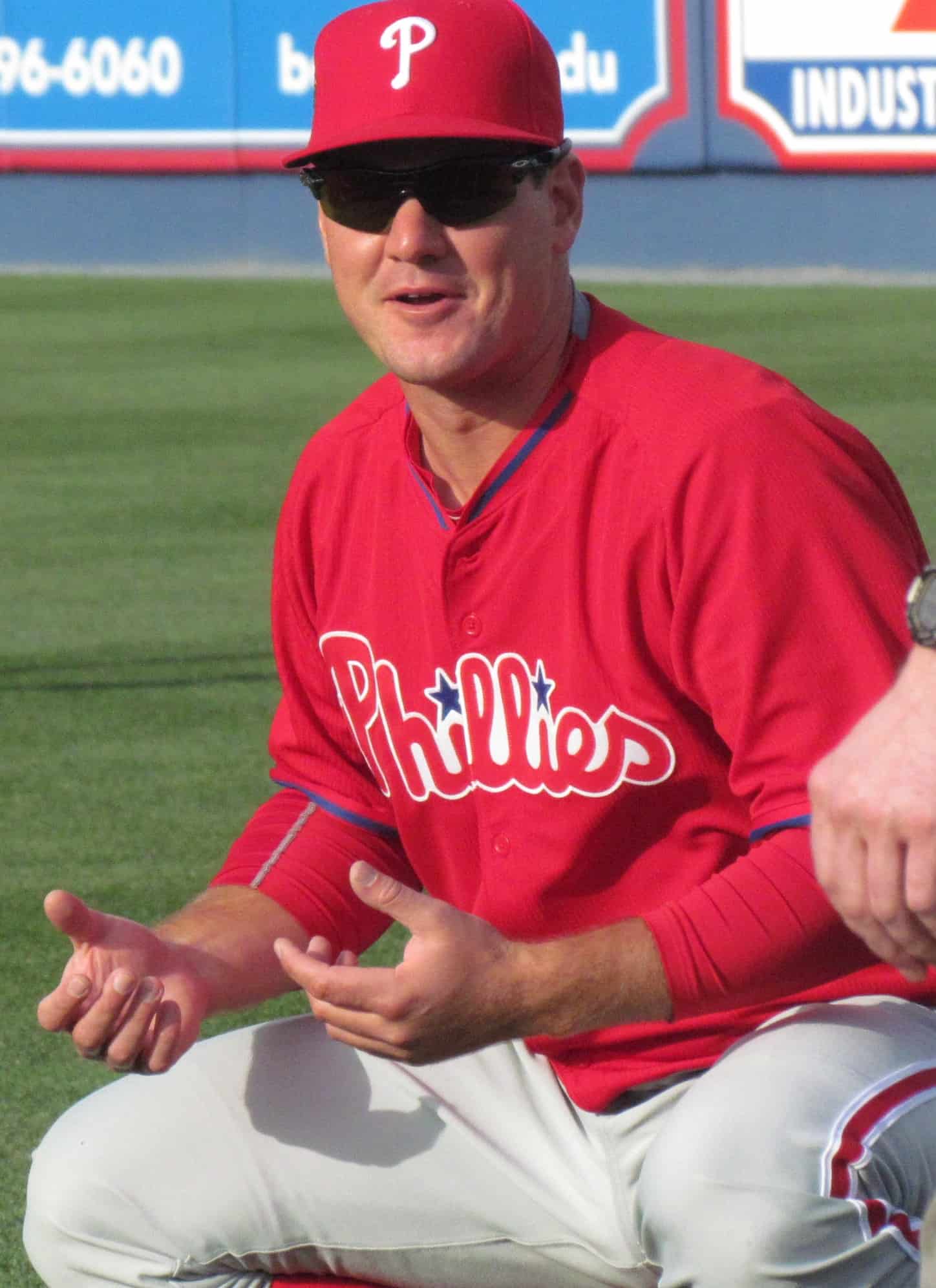

But on May 13, Tommy Joseph made his major league debut. He persevered despite lingering in the upper levels of the Phillies system since being traded from the Giants in 2012, despite suffering multiple concussions, despite moving positions.
It’s a great story. Joseph has 17 home runs in a little more than 250 plate appearances, hitting his most recent Wednesday against the White Sox. He has emerged as a slugging right-handed hitter who, on a bad team, can hold down a middle-of-the-order spot. And heck, he’s only 24, but none of this seemed likely, and yet here we are. As we stumble to the finish line gasping for any revelation to power us through to the recovery room, we can point to redemption for Tommy Joseph as the elixir necessary to carry into next year.
But.
Yeah, this isn’t the fun thing to do. We’ve done it to Maikel Franco. We’ve seen Odubel Herrera regress in the second half. Aaron Nola, hurt. Zach Eflin, also hurt. Why must we have another smack of reality to ruin the wistful, dewy fade of this baseball season?
The answer is simple: Because it’s baseball, and players rise and fall like marathon runners. It’s rare that a player is consistently great, and in converse, it’s rare that a player is consistently atrocious. For all of our wringing and gnawing over certain players, most of the hitters record an average between .240 and .270 and most of the pitchers register an ERA between 3.90 and 4.60. Smacks of reality are just ways of baseball reminding us of its presence.
Joseph, right now, is in that group of hitters between .240 and .270. At .250/.297/.496, he’s shown to be an above-average slugger who has a problem: He needs to get on base at a higher clip. For further proof, Joseph has a 5.8 percent walk rate, among the lowest of first basemen with more than 200 plate appearances.
And for more proof, Joseph swings at more than 51 percent of all pitches, higher than the first baseman average of around 45-46 percent. Luckily Joseph makes some contact (nearly 78 percent), which can’t be said for platoon partner Ryan Howard (55 percent swing rate, 68 percent contact rate).
The good news is that Joseph is learning. In May and June (136 appearances), he walked just three times while striking out 35 times. July and August (127 appearances) have been different, with Joseph walking 12 times and striking out 24 times. That’s improvement, even on a small scale.
Progress takes a while, and it can be painful watching young players peak and regress, then peak and regress. Joseph may be a swing-happy slugger today, and maybe that won’t change too much, but maybe he’s still in development. Have patience. If there’s anything we’ve learned about Joseph, it’s that patience is key.